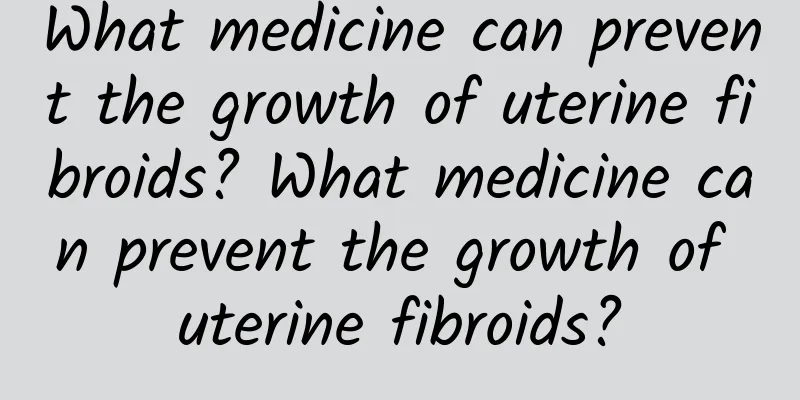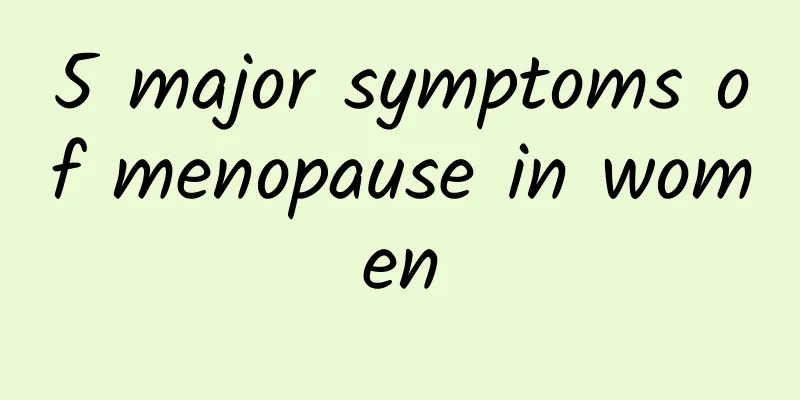Does polycystic ovary have any effect after menopause?

|
Postmenopausal polycystic ovary syndrome may continue to have certain impacts on health, especially in terms of changes in hormone levels, metabolic dysfunction, and long-term physical complications, which should be given sufficient attention. Through health monitoring, drug treatment and good lifestyle management, the relevant risks can be effectively reduced. 1 Causes and effects of postmenopausal polycystic ovary Although polycystic ovary syndrome no longer manifests as menstrual disorders after menopause, hormone imbalance may persist. After menopause, the levels of estrogen and progesterone in women drop rapidly, while the relative androgen levels may still be high. Polycystic ovary syndrome (PCOS) patients usually have an excess of androgen. This hormone imbalance after menopause may lead to increased body fat and increased insulin resistance, which in turn increases the risk of type 2 diabetes and cardiovascular disease. Long-term metabolic dysfunction may also increase the incidence of diseases such as endometrial cancer. 2 Possible health management methods Drug treatment: If you suffer from polycystic ovary after menopause, you can choose the following treatment options under the guidance of a doctor: Adrenal androgen antagonists such as spironolactone: Help lower androgen levels. Insulin sensitizers such as metformin: Improve insulin sensitivity and reduce the risk of diabetes. Statins: used to regulate blood lipid levels and reduce the risk of cardiovascular disease. Diet management: A balanced diet is particularly important. It is recommended to: Eating more dietary fiber, such as whole grains, beans, and vegetables, can help control blood sugar. Control saturated fat and sugar intake and reduce consumption of high-calorie foods. Moderate exercise: Do at least 30 minutes of moderate-intensity exercise every day, such as brisk walking or swimming, to increase your metabolic rate and prevent further weight gain. 3The Importance of Health Monitoring Postmenopausal polycystic ovaries increase the risk of some underlying problems in the body, so regular physical examinations are essential. It is recommended to monitor blood sugar, blood lipids, insulin and blood pressure every year, and to conduct bone density, heart health assessment and cancer screening according to risk. Postmenopausal polycystic ovary syndrome cannot be ignored. Its impact is mainly reflected in the increase of systemic metabolism and chronic disease risk. This condition can be well managed through drug intervention, healthy lifestyle and regular check-ups. If there are any abnormal signs of health conditions, you should consult a professional in time to avoid further development of potential problems. |
<<: What tests are needed after a missed abortion?
>>: What are the consequences and sequelae of uterine fibroids
Recommend
What should I do if I have sex during the treatment of Trichomonas vaginitis?
If you have sex during the treatment of trichomon...
You must know how harmful adnexitis is.
Female friends often hear the term adnexitis. Rat...
What are the treatments for uterine fibroids? Are uterine fibroids benign tumors?
Everyone knows that the disease should be treated...
Late night magic! 3 major situations where you accidentally step on something will keep you going
Taiwanese snacks are world-famous for their delic...
How to cure post-abortion infection
How to cure infection after abortion? Every femal...
What is the cause of endometrial thickness after years of amenorrhea?
Thick endometrium after years of amenorrhea may b...
What should patients with adnexitis pay more attention to in their daily lives?
What should patients with adnexitis pay more atte...
What causes ovarian cysts?
What causes ovarian cysts? Ovarian cysts are usua...
Easy-to-eat desserts for weight loss! Sweet Potato Raisin Mousse
It seems that women's genes determine that th...
Breastfeeding Breast Atrophy and Sagging Lymphatic Massage
Breast milk is nutritionally balanced and contain...
Is the right ovarian cyst serious? Is there any harm?
The severity of a right ovarian cyst depends on t...
What can't you eat if you have uterine fibroids?
What are the dietary taboos for uterine fibroids?...
Which hospitals in China are the best for treating menopause?
Menopause is a common gynecological disease that ...
Is it necessary to do an ultrasound examination for threatened miscarriage?
Is it necessary to do an ultrasound examination f...
What are the dangers of uterine fibroids
Uterine fibroids are the most common benign tumor...









